S&P Dow Jones Indices (S&P DJI) today releases the latest results for the S&P CoreLogic Case-Shiller Indices, the leading measure of U.S. home prices. Data released today for December 2020 show that home prices continue to increase across the U.S. More than 27 years of history are available for the data series, and can be accessed in full by going to https://www.spglobal.com/spdji/.
Please note that transaction records for October 2020 and November 2020 for Wayne County, MI, are now available. Due to delays at the local recording office caused by the COVID-19 pandemic, S&P DJI and CoreLogic were previously unable to generate valid October 2020 and November 2020 updates for the Detroit S&P CoreLogic Case-Shiller Indices.
However, there are still an insufficient number of records from Wayne County for December 2020. Since Wayne County is the most populous county in the Detroit metro area, S&P DJI and CoreLogic are unable to generate a valid Detroit index value for December 2020. When the sale transactions data fully resumes, and sufficient data is collected, the Detroit index values for the month(s) with missing updates will be calculated.
YEAR-OVER-YEAR
The S&P CoreLogic Case-Shiller U.S. National Home Price NSA Index, covering all nine U.S. census divisions, reported a 10.4% annual gain in December, up from 9.5% in the previous month. The 10-City Composite annual increase came in at 9.8%, up from 8.9% in the previous month. The 20-City Composite posted a 10.1% year-over-year gain, up from 9.2% in the previous month.
Phoenix, Seattle, and San Diego continued to report the highest year-over-year gains among the 19 cities (excluding Detroit) in December. Phoenix led the way with a 14.4% year-over-year price increase, followed by Seattle with a 13.6% increase and San Diego with a 13.0% increase. Eighteen of the 19 cities reported higher price increases in the year ending December 2020 versus the year ending November 2020.
MONTH-OVER-MONTH
Before seasonal adjustment, the U.S. National Index posted a 0.9% month-over-month increase, while the 10-City and 20-City Composites both posted increases of 0.9% and 0.8% respectively in December. After seasonal adjustment, the U.S. National Index posted a month-over-month increase of 1.3%, while the 10-City and 20-City Composites both posted increases of 1.2% and 1.3% respectively. In December, 18 cities (excluding Detroit) reported increases before seasonal adjustment, while all 19 cities reported increases after seasonal adjustment.
ANALYSIS
“Home prices finished 2020 with double-digit gains, as the National Composite Index rose by 10.4% compared to year-ago levels,” says Craig J. Lazzara, Managing Director and Global Head of Index Investment Strategy at S&P DJI. “The trend of accelerating prices that began in June 2020 has now reached its seventh month and is also reflected in the 10- and 20-City Composites (up 9.8% and 10.1%, respectively). The market’s strength continues to be broadly-based: 18 of the 19 cities for which we have December data rose, and 18 cities gained more in the 12 months ended in December than they had gained in the 12 months ended in November.
“As COVID-related restrictions began to grip the economy in early 2020, their effect on housing prices was unclear. Price growth decelerated in May and June, and then began a steady climb upward, and December’s report continues that acceleration in an emphatic manner. 2020’s 10.4% gain marks the best performance of housing prices in a calendar year since 2013. From the perspective of more than 30 years of S&P CoreLogic Case-Shiller data, December’s year-over-year change ranks within the top decile of all reports.
“These data are consistent with the view that COVID has encouraged potential buyers to move from urban apartments to suburban homes. This may indicate a secular shift in housing demand, or may simply represent an acceleration of moves that would have taken place over the next several years anyway. Future data will be required to address that question.
“Phoenix’s 14.4% increase led all cities for the 19th consecutive month, with Seattle (+13.6%) and San Diego (+13.0%) close behind. Prices were strongest in the West (+10.8%) and Southwest (+10.5%), but gains were impressive in every region.”
SUPPORTING DATA
Table 1 below shows the housing boom/bust peaks and troughs for the three composites along with the current levels and percentage changes from the peaks and troughs.
| 2006 Peak | 2012 Trough | Current | ||||||
| Index | Level | Date | Level | Date | From Peak (%) | Level | From Trough (%) | From Peak (%) |
| National | 184.61 | Jul-06 | 134.00 | Feb-12 | -27.4% | 234.40 | 74.9% | 27.0% |
| 20-City | 206.52 | Jul-06 | 134.07 | Mar-12 | -35.1% | 240.75 | 79.6% | 16.6% |
| 10-City | 226.29 | Jun-06 | 146.45 | Mar-12 | -35.3% | 254.18 | 73.6% | 12.3% |
Table 2 below summarizes the results for December 2020. The S&P CoreLogic Case-Shiller Indices are revised for the prior 24 months, based on the receipt of additional source data.
| December 2020 | December/November | November/October | 1-Year | |
| Metropolitan Area | Level | Change (%) | Change (%) | Change (%) |
| Atlanta | 168.58 | 0.8% | 1.2% | 8.9% |
| Boston | 250.33 | 0.8% | 1.4% | 11.4% |
| Charlotte | 184.40 | 0.7% | 1.1% | 10.2% |
| Chicago | 154.45 | 0.3% | 0.4% | 7.7% |
| Cleveland | 141.25 | 0.9% | 0.1% | 11.5% |
| Dallas | 209.09 | 0.9% | 0.8% | 8.4% |
| Denver | 243.49 | 0.9% | 1.0% | 9.2% |
| Detroit | — | — | 0.7% | — |
| Las Vegas | 210.65 | 1.1% | 0.7% | 7.9% |
| Los Angeles | 317.64 | 0.7% | 0.9% | 9.9% |
| Miami | 269.81 | 1.2% | 1.3% | 9.2% |
| Minneapolis | 196.81 | 0.4% | 0.6% | 10.2% |
| New York | 223.32 | 1.2% | 1.9% | 9.9% |
| Phoenix | 228.24 | 1.1% | 1.3% | 14.4% |
| Portland | 264.51 | 0.5% | 0.7% | 9.9% |
| San Diego | 297.52 | 0.6% | 0.9% | 13.0% |
| San Francisco | 289.88 | 0.0% | 0.9% | 8.7% |
| Seattle | 288.75 | 0.9% | 0.9% | 13.6% |
| Tampa | 248.92 | 1.2% | 1.4% | 10.7% |
| Washington | 259.00 | 1.2% | 1.1% | 10.3% |
| Composite-10 | 254.18 | 0.9% | 1.2% | 9.8% |
| Composite-20 | 240.75 | 0.8% | 1.1% | 10.1% |
| U.S. National | 234.40 | 0.9% | 1.1% | 10.4% |
| Sources: S&P Dow Jones Indices and CoreLogic | ||||
| Data through December 2020 |
Table 3 below shows a summary of the monthly changes using the seasonally adjusted (SA) and non-seasonally adjusted (NSA) data. Since its launch in early 2006, the S&P CoreLogic Case-Shiller Indices have published, and the markets have followed and reported on, the non-seasonally adjusted data set used in the headline indices. For analytical purposes, S&P Dow Jones Indices publishes a seasonally adjusted data set covered in the headline indices, as well as for the 17 of 20 markets with tiered price indices and the five condo markets that are tracked.
| December/November Change (%) | November/October Change (%) | |||||||
| Metropolitan Area | NSA | SA | NSA | SA | ||||
| Atlanta | 0.8% | 1.3% | 1.2% | 1.5% | ||||
| Boston | 0.8% | 1.4% | 1.4% | 1.7% | ||||
| Charlotte | 0.7% | 1.1% | 1.1% | 1.3% | ||||
| Chicago | 0.3% | 1.1% | 0.4% | 1.2% | ||||
| Cleveland | 0.9% | 1.5% | 0.1% | 0.9% | ||||
| Dallas | 0.9% | 1.2% | 0.8% | 1.1% | ||||
| Denver | 0.9% | 1.3% | 1.0% | 1.4% | ||||
| Detroit | — | — | 0.7% | 1.4% | ||||
| Las Vegas | 1.1% | 1.3% | 0.7% | 1.0% | ||||
| Los Angeles | 0.7% | 1.0% | 0.9% | 1.2% | ||||
| Miami | 1.2% | 1.5% | 1.3% | 1.4% | ||||
| Minneapolis | 0.4% | 1.2% | 0.6% | 1.3% | ||||
| New York | 1.2% | 1.4% | 1.9% | 2.1% | ||||
| Phoenix | 1.1% | 1.5% | 1.3% | 1.6% | ||||
| Portland | 0.5% | 0.9% | 0.7% | 1.3% | ||||
| San Diego | 0.6% | 1.2% | 0.9% | 1.6% | ||||
| San Francisco | 0.0% | 0.8% | 0.9% | 1.0% | ||||
| Seattle | 0.9% | 1.5% | 0.9% | 1.7% | ||||
| Tampa | 1.2% | 1.5% | 1.4% | 1.3% | ||||
| Washington | 1.2% | 1.5% | 1.1% | 1.3% | ||||
| Composite-10 | 0.9% | 1.2% | 1.2% | 1.5% | ||||
| Composite-20 | 0.8% | 1.3% | 1.1% | 1.5% | ||||
| U.S. National | 0.9% | 1.3% | 1.1% | 1.5% | ||||
| Sources: S&P Dow Jones Indices and CoreLogic | ||||||||
| Data through December 2020 | ||||||||
For more information about S&P Dow Jones Indices, please visit https://www.spglobal.com/spdji/.
ABOUT S&P DOW JONES INDICES
S&P Dow Jones Indices is the largest global resource for essential index-based concepts, data and research, and home to iconic financial market indicators, such as the S&P 500® and the Dow Jones Industrial Average®. More assets are invested in products based on our indices than products based on indices from any other provider in the world. Since Charles Dow invented the first index in 1884, S&P DJI has been innovating and developing indices across the spectrum of asset classes helping to define the way investors measure and trade the markets.
S&P Dow Jones Indices is a division of S&P Global (NYSE: SPGI), which provides essential intelligence for individuals, companies, and governments to make decisions with confidence. For more information, visit https://www.spglobal.com/spdji/.
FOR MORE INFORMATION:





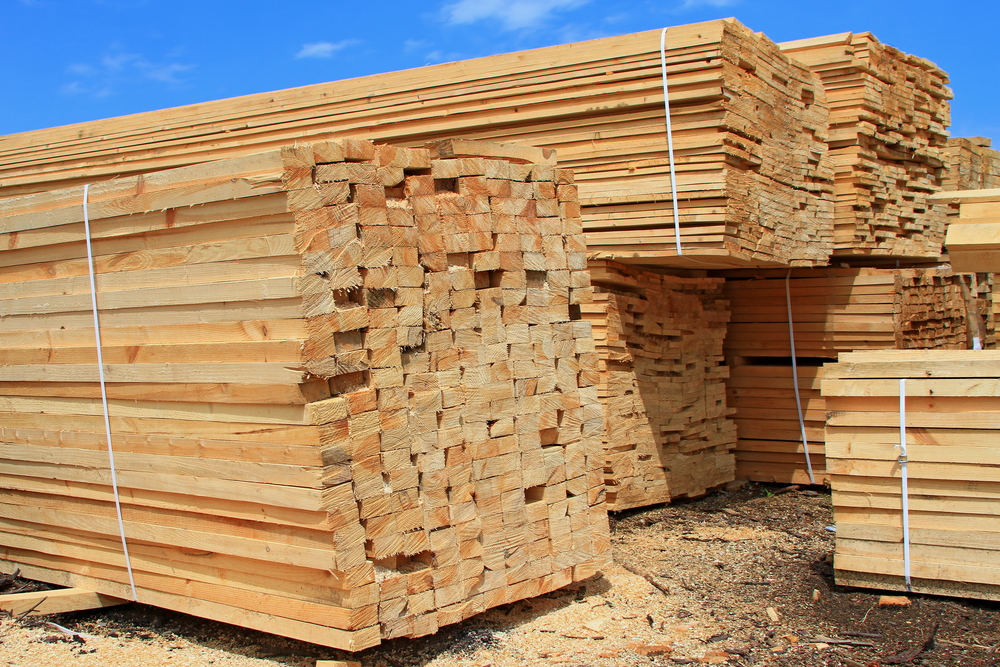
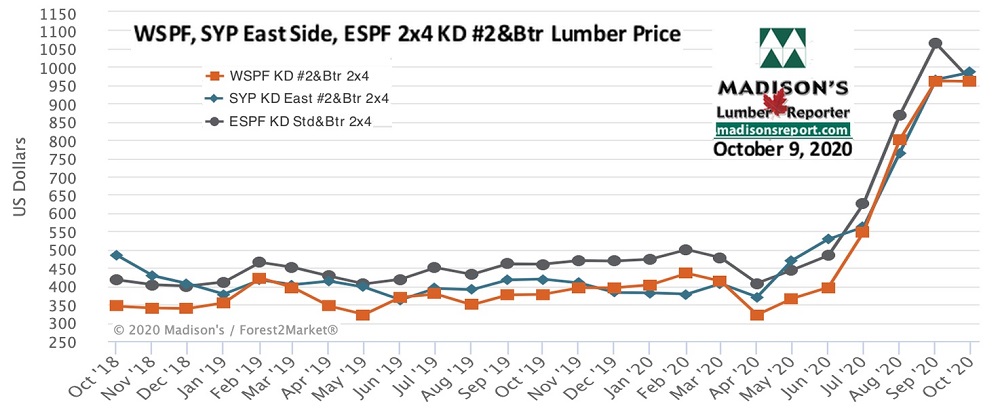

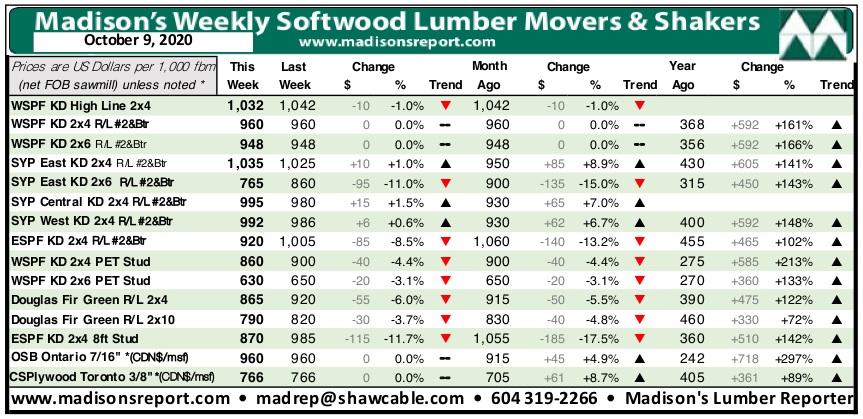
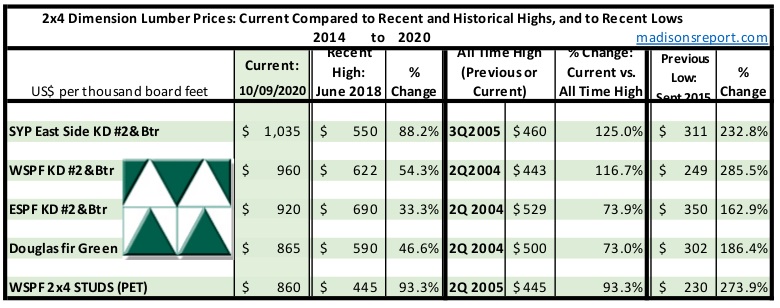






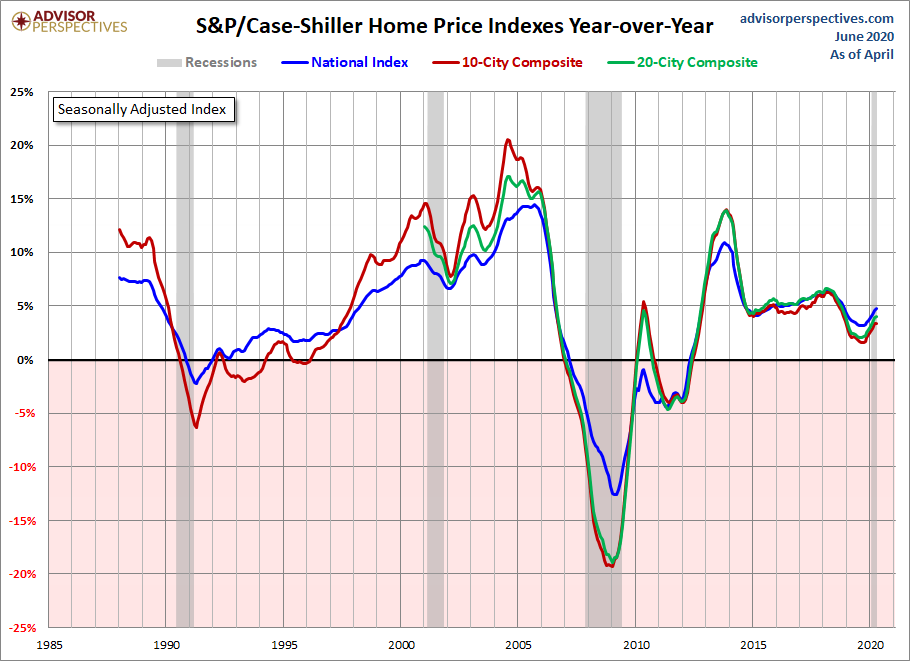

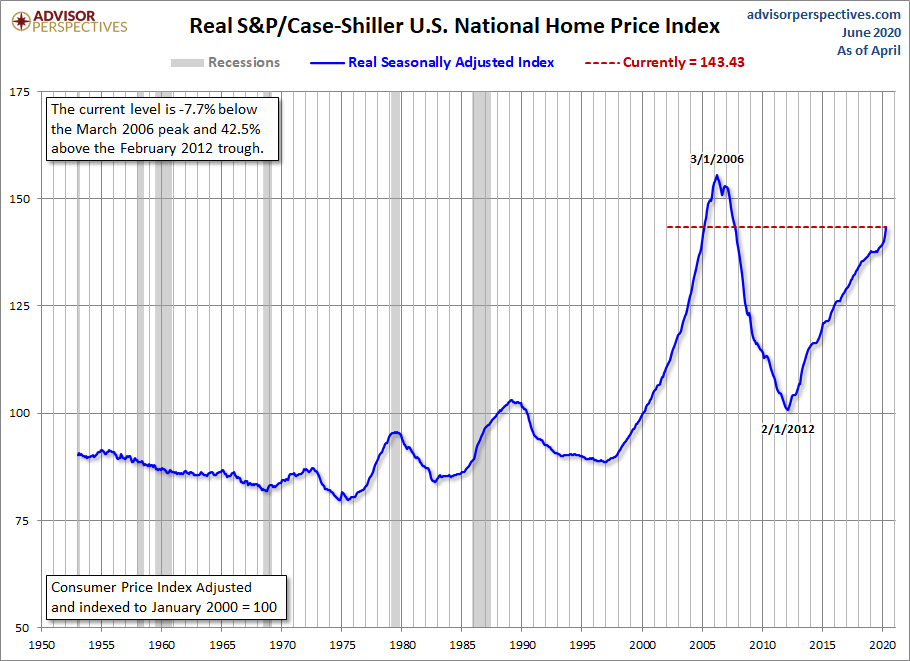
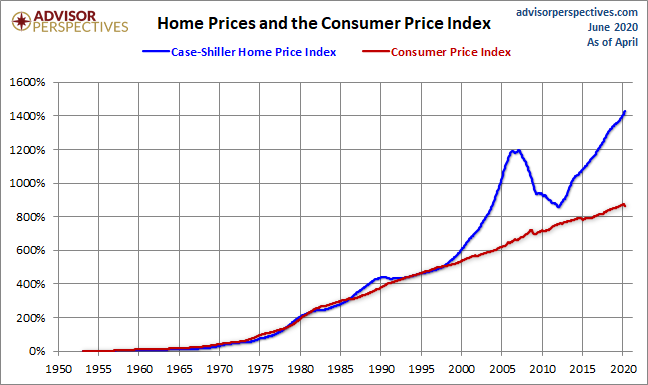
 A revised map of New York State showing the phases each of the 10 regions are currently in. On June 10, Long Island will join the rest of the state when it enters phase two.
A revised map of New York State showing the phases each of the 10 regions are currently in. On June 10, Long Island will join the rest of the state when it enters phase two.
